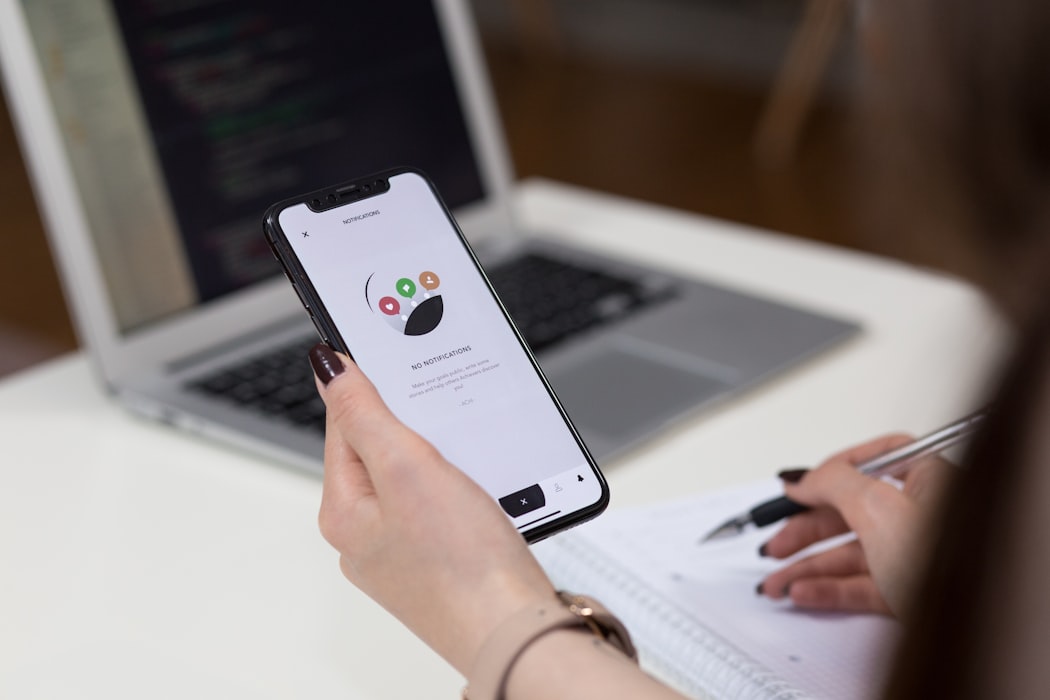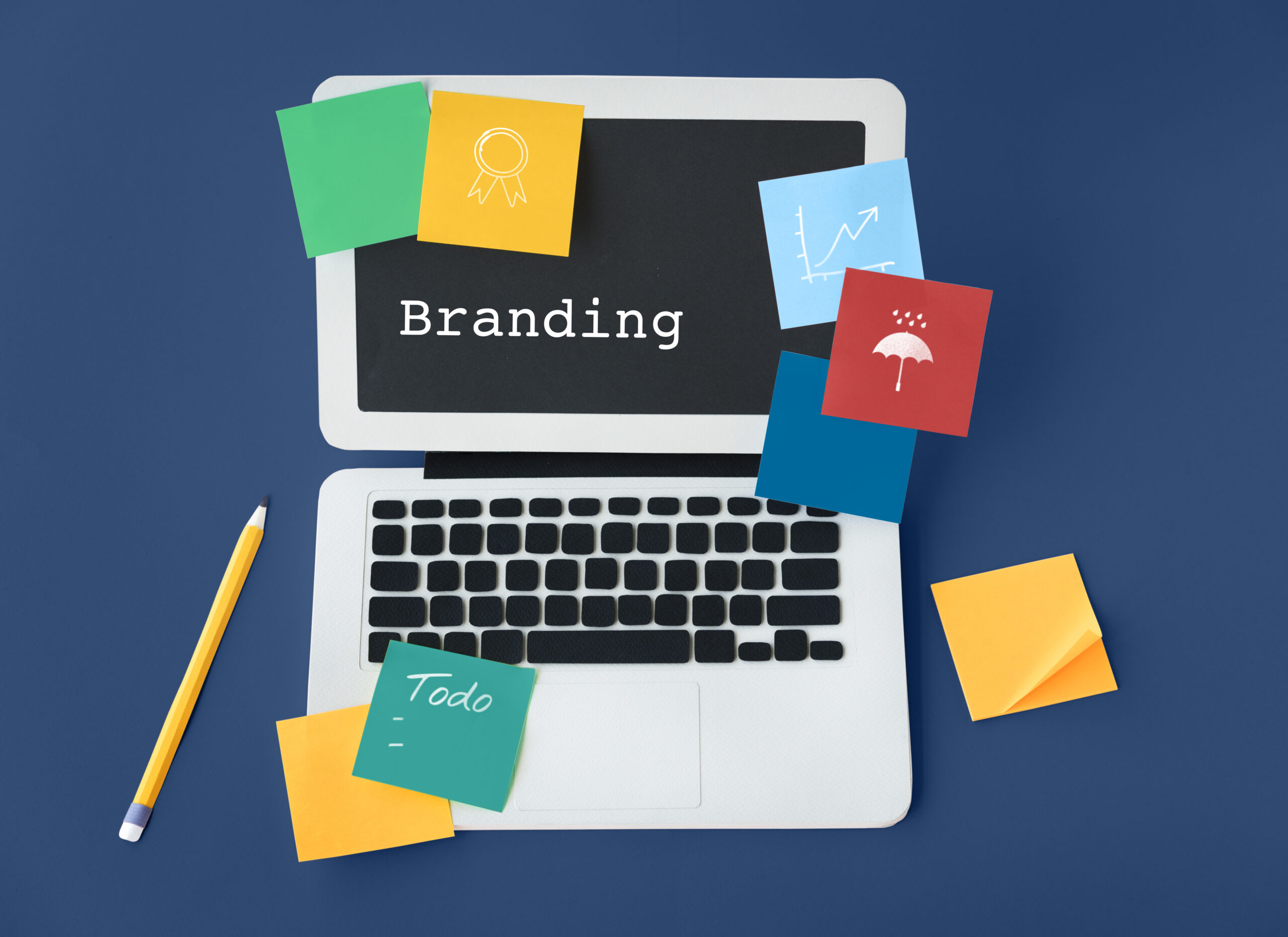Design thinking is the key to creating innovative products that make life easier for users. At Brucira, we make it a point to develop products that our clients and their users will love. We achieve this by employing design thinking to help us challenge the status quo and build new products.
The Institute of Design at Stanford University refers to it as a methodology for creative problem-solving. It’s an integral aspect of making useful products in almost every industry as it helps you recognize biases to reinvent the wheel in more ways than one.

If design thinking sounds too abstract, and you’re not sure how to apply it to your process, we’ve got something to help in today’s blog post. We’re going to take you through the five stages of design thinking in a product development’s life cycle with an example: our product Brutask, so you can understand just how much of an impact it has.
1. Empathize
There are billions of products and ideas in the world. To ensure that your idea has potential, you first need to find out your users’ problems. You need to empathize with them and their pain points. This is how you’ll be able to improve upon your primary idea so you can flesh it out into a viable product. It’s essential that you speak to a large number of potential users so you can understand the problem from all sides. Consulting and gathering insight from your target audience will help you eliminate biases. This will provide a more in-depth understanding of what users really need.
Before the Covid-19 lockdowns, Brucira functioned with post-it notes and intra-office briefings. A few days before India went into a lockdown, we realized we would need something to use in place of those post-its. We designed a simple to-do list app, Brutask, for everyone in the team to use. We realized there was potential for a task manager app for small, remote teams.
2. Define
The second stage in the design thinking process is to define your problem. If you can’t explain the issue at hand succinctly, you’ll end up creating a solution that only looks attractive but doesn’t solve any of the critical pain points. At the crux of design thinking lies a human-centered approach, i.e. improving user experience. Formulate a problem statement that encapsulates what the user needs and how you could fulfil that need.
When it came to Brutask, we realized we wanted to keep it simple and improve its efficiency over time. The base offering was a digital to-do list. We wanted to let users add their tasks with a single click and check them off on Brutask; we perfected this before we decided to enhance the app in our next stage.
3. Ideate

The ideate stage is self-explanatory. Once you have the problem and the basic solution figured out, you can get as creative as you want. The main goal is to solve user problems through innovation and creativity. This is when designers can invent new ways to reach the solution, optimize processes, and create useful solutions. Brainstorming with different teams will help designers generate ideas that tackle the problem from different angles — design thinking is all about exploring new solutions.
For Brutask, we decided to improve on the product without compromising its USP: simplicity and ease of use. We added priority tasks, private tasks, manager and admin roles to oversee the team’s tasks, Google Calendar integrations, and more. The best part about ideation is that it never stops. We’ve continued to refine the product and add new features even after launching it in December 2020.
4. Prototype
Once you have everything in place, you can set about creating the first few prototypes of your product to see what’s working and what needs to be changed. This stage has multiple phases. You’ll build several product prototypes with different features and angles to determine which one will eventually become the first version of your end product.
A vital aspect of the prototype stage in design thinking is feedback. It’s no good for anyone to keep building prototypes with newer and better features if your audience doesn’t have a chance to give you feedback. Ensure that you build a prototype and gain your target audience’s feedback every time you improve or adapt it.
We built Brutask for Brucira’s distributed team during the lockdowns. Once we began using it internally, we realized there were different improvements we could make to upgrade the product. Over time, our prototype, which was our internal tool, became so good that we decided to release it to the public.
5. Test

An offshoot of the prototype and feedback stage, the testing stage of design thinking, is when you onboard real users to use your product. This is where beta-testing and early users can come in handy. Their feedback allows you to refine the product and change focus, and reinvent the solution if necessary.
For Brutask, our tests were conducted internally since we fit our target audience’s requirements: a small team that held regular standups. Once we launched it, we collated enough feedback across our channels to help us add new features and adapt the product. The testing stage is full of iterations and will help you improve your product since real users from your target audience share invaluable feedback. A great example of this stage is when we soft-launched ruttl, our design review tool, for our waitlist users. We went live for our beta-users and used those months to rework our product, add much-needed features, and revamp our offering.
Brucira’s focus on human-centered design
As a product design agency, we’re always trying to optimize processes to build useful products for our clients. Our approach to design is rooted in design thinking, intelligent design, and human-centered design.
This makes our designs easy-to-use, attractive, and relatable across industries and products. Design thinking has helped us solve challenging problems and improve our products.
Try out Brutask (it’s free!) for yourself here: https://brutask.com/
If you’d like to see how design thinking and intelligent design can improve your product, please contact us at hello@brucira.com.
Check out our blog for more useful articles on design and development: https://blog.brucira.com/
Follow us on social media: LinkedIn | Instagram | Twitter | Facebook













